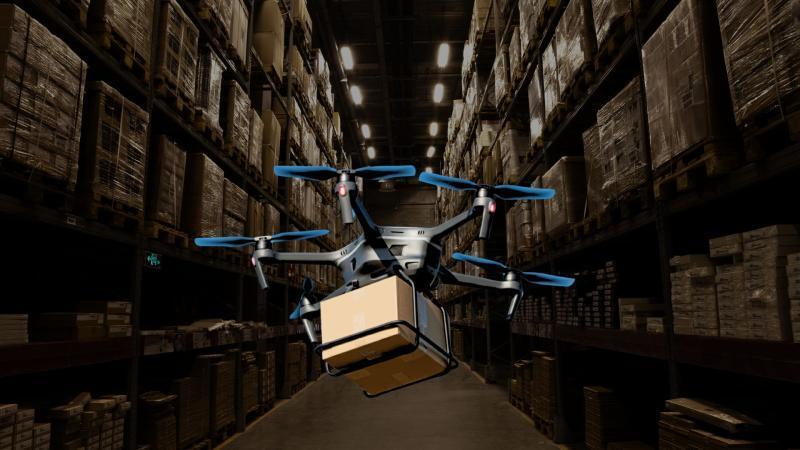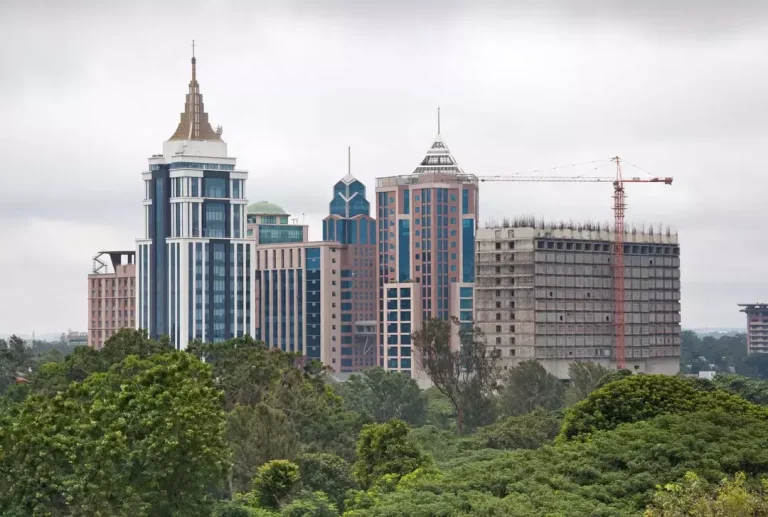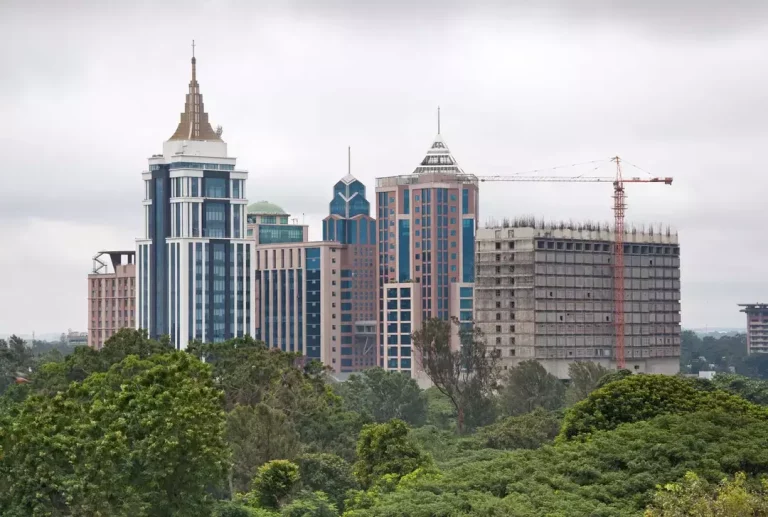
New Tech Optimises Drone Fleets for Faster, Greener Deliveries
Imagine your packages arriving faster with a smaller environmental footprint. It’s a tantalizing prospect, and one that’s closer to becoming a reality thanks to new research that’s tackling the “Drone Warehouse Problem”. This crucial logistics challenge has been holding back the widespread adoption of drone delivery services, but a novel algorithm is poised to revolutionize the way warehouses manage varied drone fleets.
The traditional model of delivery relies heavily on trucks and vans, which are often slow, polluting, and inefficient. As e-commerce continues to boom, the demand for rapid, sustainable delivery solutions is growing. Drones, with their ability to fly directly from the warehouse to the customer’s doorstep, seem like the perfect answer. However, the logistics of managing a fleet of drones are far more complex than they initially seem.
The Drone Warehouse Problem refers to the challenge of efficiently scheduling drone takeoffs, routes, and landing procedures to ensure timely delivery while minimizing costs and environmental impact. This is where the new algorithm comes in – a game-changing solution that optimizes drone delivery schedules, allowing warehouses to manage varied drone fleets with ease.
The Challenges of Drone Fleets
At first glance, it might seem that managing a drone fleet would be similar to managing a traditional delivery fleet. However, there are several key differences that make the process much more complex. For starters, drones have limited flight times, require regular recharging, and are subject to weather conditions and air traffic control restrictions. Additionally, the size and weight of packages being delivered vary greatly, making it difficult to design a single, efficient route.
Current solutions rely on manual scheduling, which is time-consuming, prone to errors, and not scalable. This means that as demand for drone delivery increases, warehouses are facing a logistical nightmare. The lack of a reliable, efficient, and sustainable solution is holding back the widespread adoption of drone delivery services.
The Novel Algorithm
Researchers at [University/Lab name] have developed a novel algorithm that tackles the Drone Warehouse Problem head-on. The algorithm, known as “DroneSched”, uses machine learning and optimization techniques to schedule drone takeoffs, routes, and landing procedures in real-time. This ensures that packages are delivered quickly, efficiently, and with a reduced environmental impact.
DroneSched takes into account a range of factors, including:
- Package size and weight
- Drone capacity and performance
- Weather conditions
- Air traffic control restrictions
- Warehouse and delivery location
By considering these factors, the algorithm generates an optimized schedule that minimizes delays, reduces fuel consumption, and minimizes noise pollution. The result is a more efficient, sustainable, and cost-effective delivery service.
Scalable, Sustainable Last-Mile Delivery Solutions
The implications of this new algorithm are significant. With DroneSched, warehouses can efficiently manage varied drone fleets, ensuring that packages are delivered quickly and with a reduced environmental impact. This is a crucial step towards scalable, sustainable last-mile delivery solutions for all.
Imagine a future where your packages arrive at your doorstep in a fraction of the time, with a significantly reduced carbon footprint. The technology is already here, and it’s poised to revolutionize the way we think about delivery.
Conclusion
The Drone Warehouse Problem is a critical challenge that’s been holding back the widespread adoption of drone delivery services. However, thanks to the novel algorithm developed by researchers at [University/Lab name], we’re one step closer to making faster, greener deliveries a reality.
As the demand for rapid, sustainable delivery solutions continues to grow, it’s clear that drone delivery is the future of logistics. With DroneSched, warehouses can efficiently manage varied drone fleets, ensuring that packages are delivered quickly, efficiently, and with a reduced environmental impact.
The future of delivery has arrived, and it’s up to us to harness its potential.
Source:
https://researchmatters.in/news/novel-algorithm-tackles-drone-warehouse-problem-faster-deliveries






